Equipment
When it comes to golf club design, to copy is to create
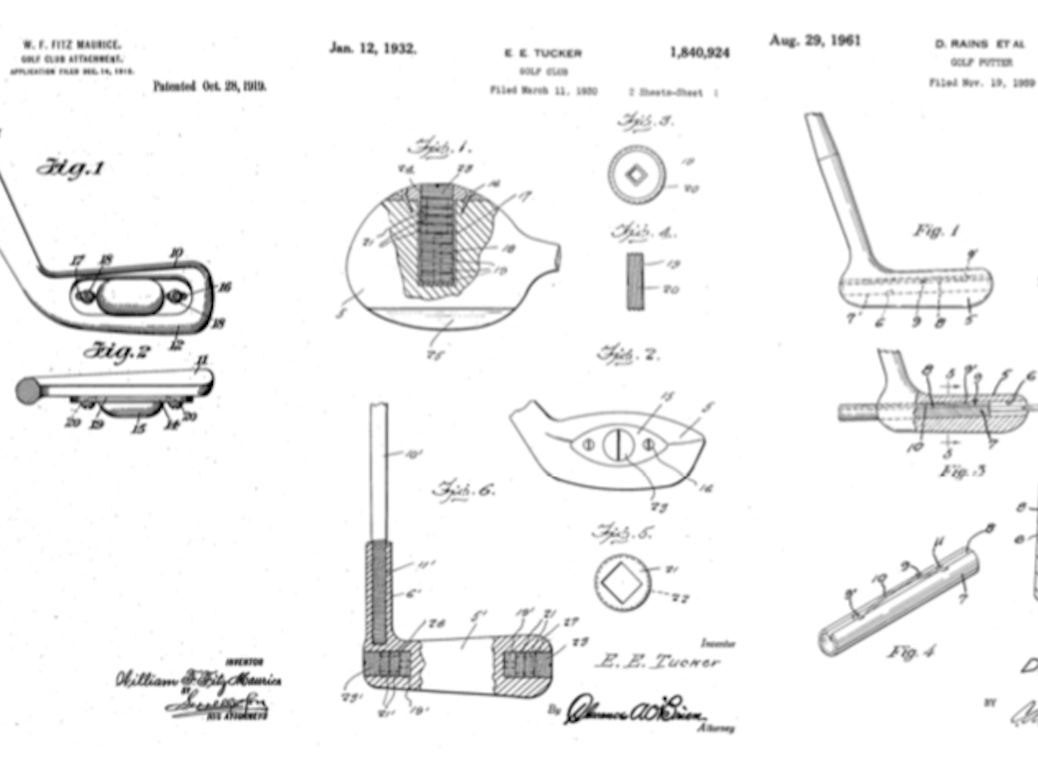
If you have roamed the forums of GolfWRX and read a post about any non-Ping milled putter, you have most assuredly read the phrase, “Oh, you mean…nice Ping Anser!”
In fact, it’s usually a race to see who posts it first!
Needless to say, it’s a very worn out phrase and warrants a need for GolfWRX forums to incorporate a text recognition protocol to automatically inhibit that combination of words from being posted again. I digress…
Certainly, Karsten deserves praise for his ingenuity and eternal influence on the game of golf and the equipment used to play it. Widely considered the inventor of perimeter weighted golf clubs, Karsten is responsible for such greats as the 1959 Ping A-1, the 1966 Anser, and the first cavity back irons, the Ping 69.
But, was he really the first to develop a perimeter-weighted golf club? No.
Copying is an essential part of creation. It’s also a very natural process; in fact, it’s exactly what us humans are, a multitude of cells that have been copied, split and multiplied. So as we look for inspiration, we look to what’s already been made and seek ways to improve upon it.
Henry Ford said it best
“I invented nothing new. I simply assembled the discoveries of other men behind whom were centuries of work. Had I worked fifty or ten or even five years before, I would have failed. So it is with every new thing. Progress happens when all the factors that make for it are ready, and then it is inevitable. To teach that a comparatively few men are responsible for the greatest forward steps of mankind is the worst sort of nonsense.”
As we look at the historic design of the 1966 Ping Anser, we see an interesting correlation to putters that came before it. The idea of perimeter weighting a putter didn’t start with the Anser, nor did it start with the A1. I believe it successfully started with the John Reuter, Jr. Bullseye design and the John Letters Golden Goose putters. (Ryan Barath of GolfWRX, recently produced a short video on the Bullseye answering the question, “Why was it great?”)
The Bullseye and the Golden Goose putters were separately introduced to the U.S. and British golf markets in the mid-1940s. This unique scenario is commonly referred to as “multiple discovery,” where the same innovation emerges from different places at or near the same time. Since Karsten was based in the U.S., the Bullseye is the most likely influencer.
At the time of the Bullseye’s creation, center-shafted putters were illegal, but Reuter believed he could create a more stable putter by placing the shaft as close to the center as possible and leave a small protruding heel opposite the toe, thus bringing more balance to the putter.
Karsten certainly was aware of the Bullseye design, as was the entire golfing world. In my opinion, Karsten made strong improvements to its design by creating the A-1, a remarkably similar design and even a material look, further exaggerating the principles of perimeter weighting by removing weight from the center of the putter and placing it in the heel, toe, and sole of the putter head. It also could be considered the father to many of the center-shafted SeeMore putters used today. The innovation of the A-1 thus led the way for the historic Ping Anser, another variation of a close-to-center-shafted putter with weight removed from the center and redistributed to the heel and toe.
 The fact of the matter is, Karsten did not invent perimeter weighting, but he was the one who exploited its benefits, pushed the technology to the limit, and made it look really cool in the process. The most unique aspects to the Anser design was the flat flange in the middle, allowing alignment aids to be added, and the plumbers neck, which allowed the axis of the shaft to pass close to center without actually doing it, further allowing the face of the putter at address to be visible.
The fact of the matter is, Karsten did not invent perimeter weighting, but he was the one who exploited its benefits, pushed the technology to the limit, and made it look really cool in the process. The most unique aspects to the Anser design was the flat flange in the middle, allowing alignment aids to be added, and the plumbers neck, which allowed the axis of the shaft to pass close to center without actually doing it, further allowing the face of the putter at address to be visible.
Having the visionary ability to see something and make it better is the trademark of a great inventor. It’s worth noting some of the other major innovations that lead the way for John Reuter, Jr’s and Karsten’s inspiration.
- In 1919, W. F. Fitz Maurice patented the idea of attaching weight to a golf club to increase the swing weight, what we would consider today as lead tape.
- Then in 1930, E. E. Tucker patented the idea of the first adjustable driver and putter, allowing the use of weighted screws to be added to the toe and heel of a putter, or the back of the driver.
- In 1961, D. Rains Et Al, who patented the changeable weight putter, allowing for the adjustment of the putter’s head weight with a removable solid bar that passed through the center.
Not all inspiration needs to come from golf either. Just this year, Mizuno released the T20 wedges and used the inspiration of a much more common item, tire tread. Tire tread allows water to be dispersed in different directions upon contact and improve grip. Mizuno engineers used this idea and made micro-grooves that are placed in a perpendicular format to the main grooves, to direct water away, thereby improving clubface contact in wet conditions and maintaining more spin than a wedge without it.
Many forward-thinking engineers lead the way and prepared the environment for all of the advancements that we use today. While we often point to one individual being responsible for some breakthrough golf technology, it should be remembered that the innovations of today are almost always inspired by the innovations of our predecessors.
Equipment
BK’s Breakdowns: Cameron Young’s winning WITB, 2025 Wyndham Championship

Cameron Young’s WITB from his win at the 2025 Wyndham Championship. Cameron is a Titleist staff player but his bag is definitely filled with some unique clubs. Here are the clubs he used to secure his first PGA Tour win!
Driver: Titleist GT2 (9 degrees, A1 SureFit setting)
Shaft: Mitsubishi Tensei 1K Pro Orange 70 TX
3-wood: Titleist GT3 (15 degrees)
Shaft: Mitsubishi Tensei 1K White 80 TX
Hybrid: Titleist GT2 (21 degrees)
Shaft: Fujikura Ventus HB Black VeloCore+ 10 X
Irons: Titleist T200 (4), Titleist T100 (5), Titleist 631.CY Prototype (6-9)
Shafts: True Temper Dynamic Gold X7 (4-9)
Wedges: Titleist Vokey Design SM10 (48-10F, 52-12F, 56-14F @57), WedgeWorks (60-K* @62)
Shafts: True Temper Dynamic Gold X7
Putter: Scotty Cameron Phantom 9.5 Tour Prototype
Grips: Golf Pride Tour Velvet Cord
Ball: Titleist Pro V1x Prototype
Whats in the Bag
Peter Malnati WITB 2025 (August)
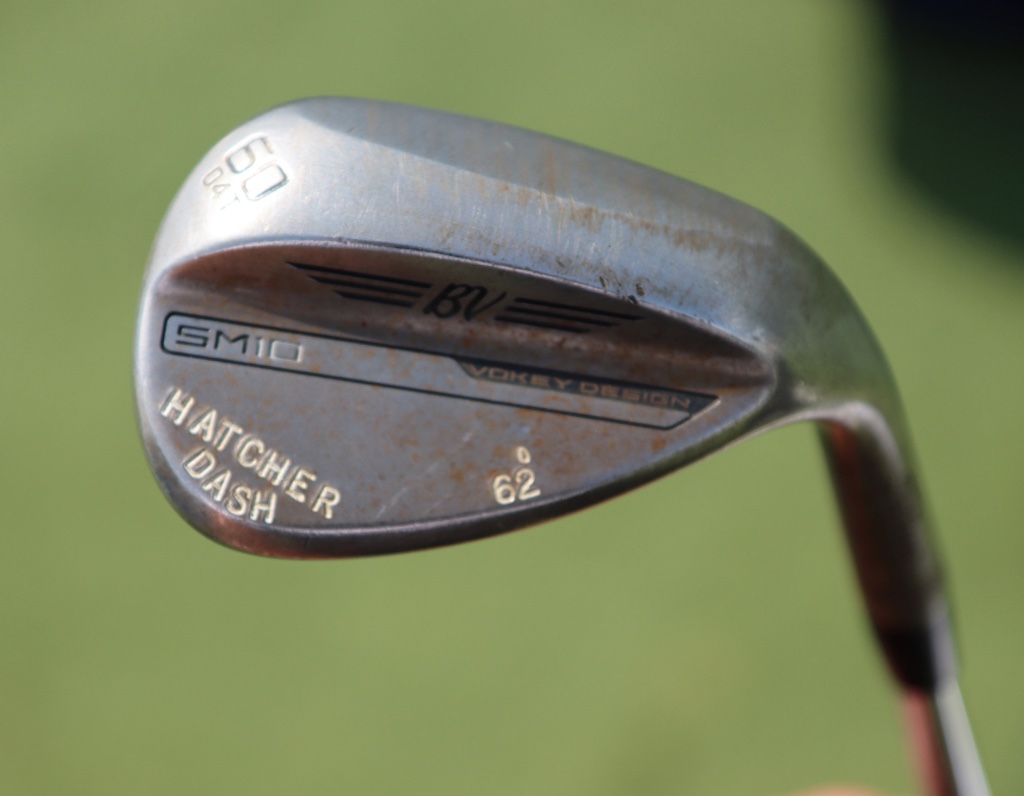
- Peter Malnati what’s in the bag accurate as of the Wyndham Championship. More photos from the event here.
Driver: Titleist GT3 (10 degrees, C2 SureFit setting)
Shaft: Project X Denali Blue 60 TX
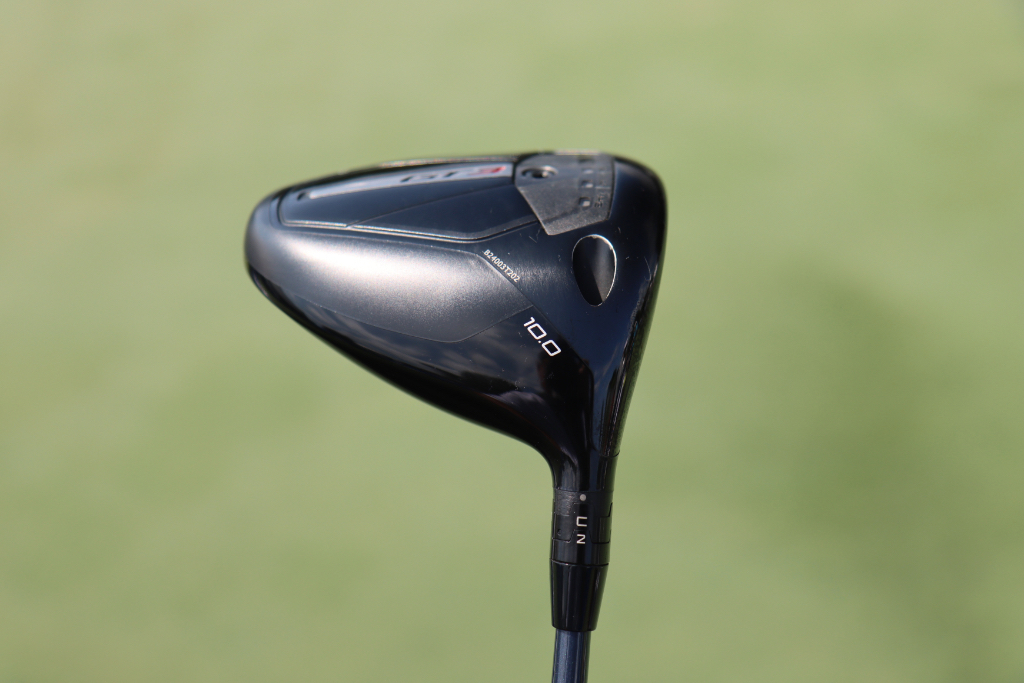

3-wood: Titleist GT3 (15 degrees, A1 SureFit setting)
Shaft: Fujikura Ventus TR Blue 7 X
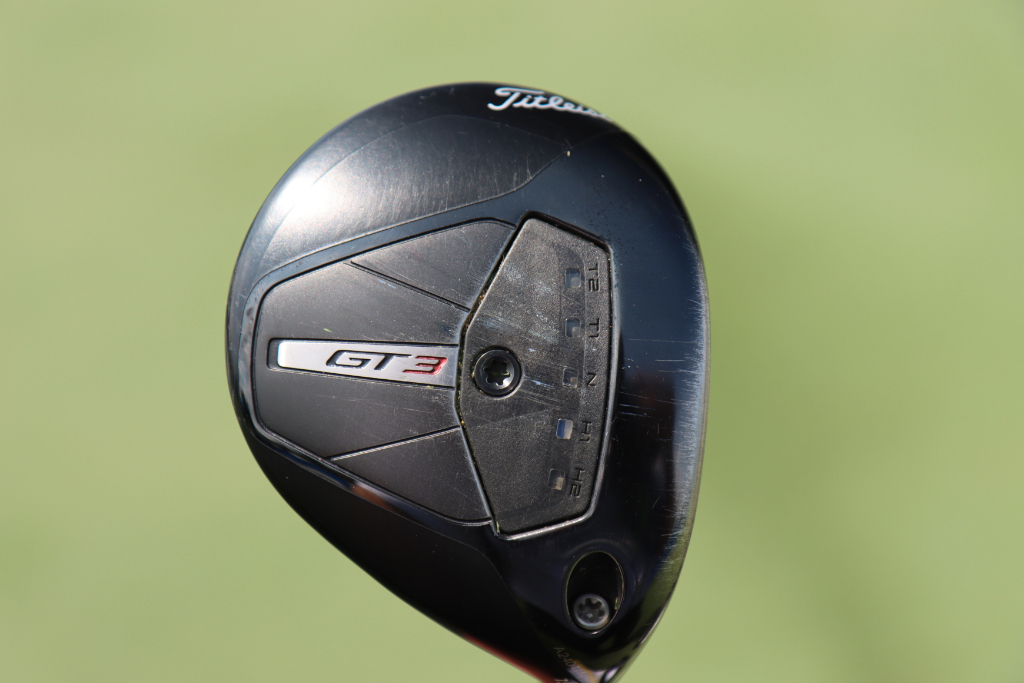
7-wood: Titleist GT2 (21 degrees, D1 SureFit setting)
Shaft: Fujikura Ventus TR Blue 8 X
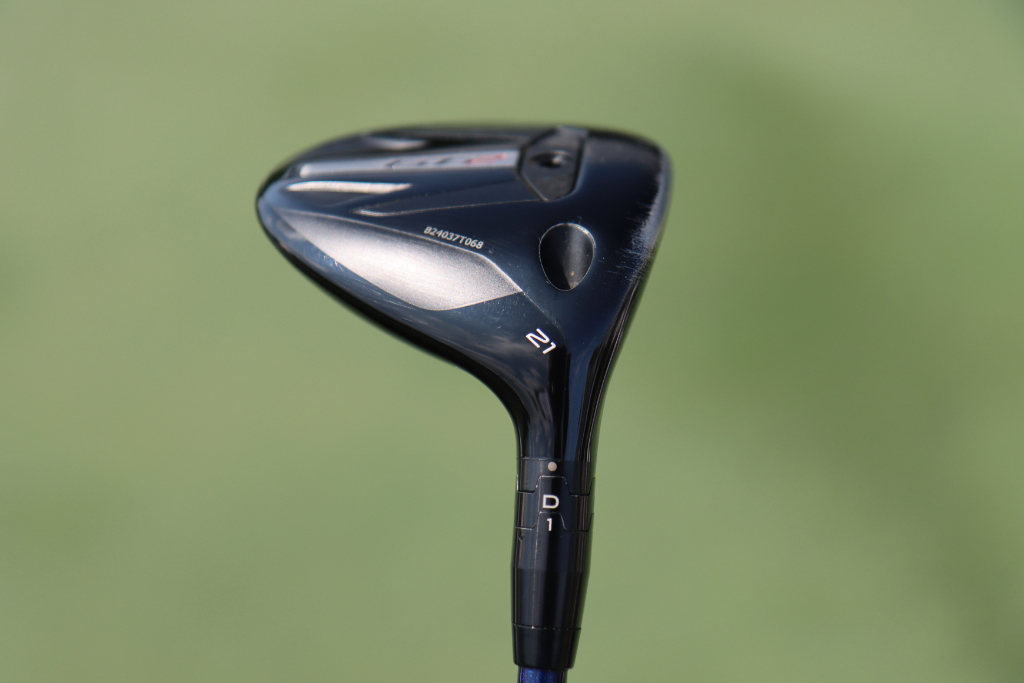
Irons: Titleist T150 (4, 5), Titleist T100 (6-9)
Shafts: True Temper AMT Tour White X100
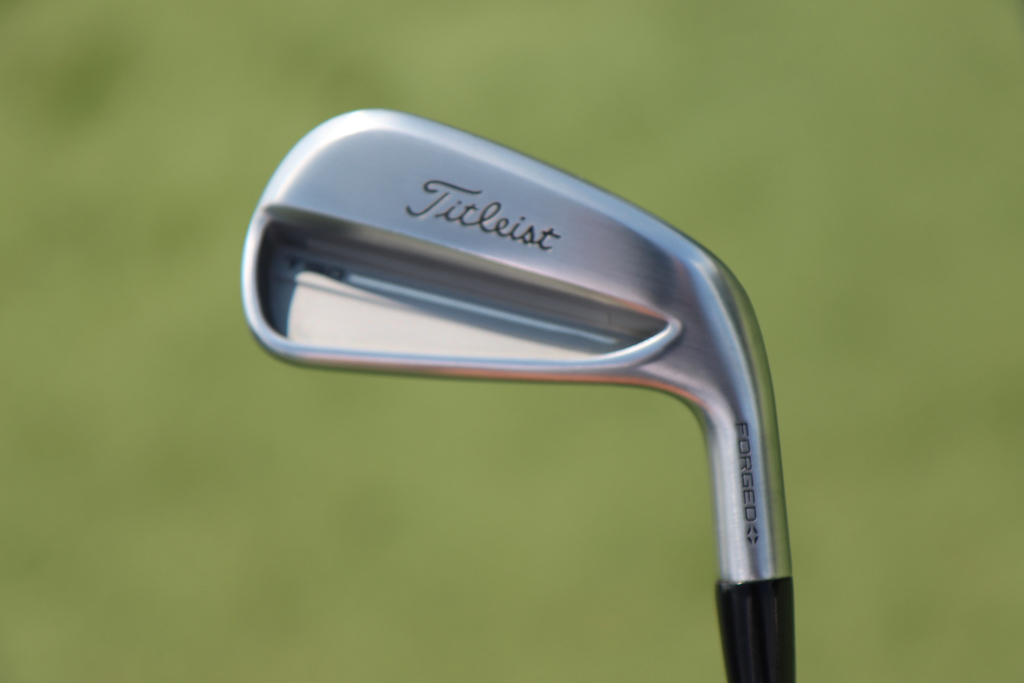
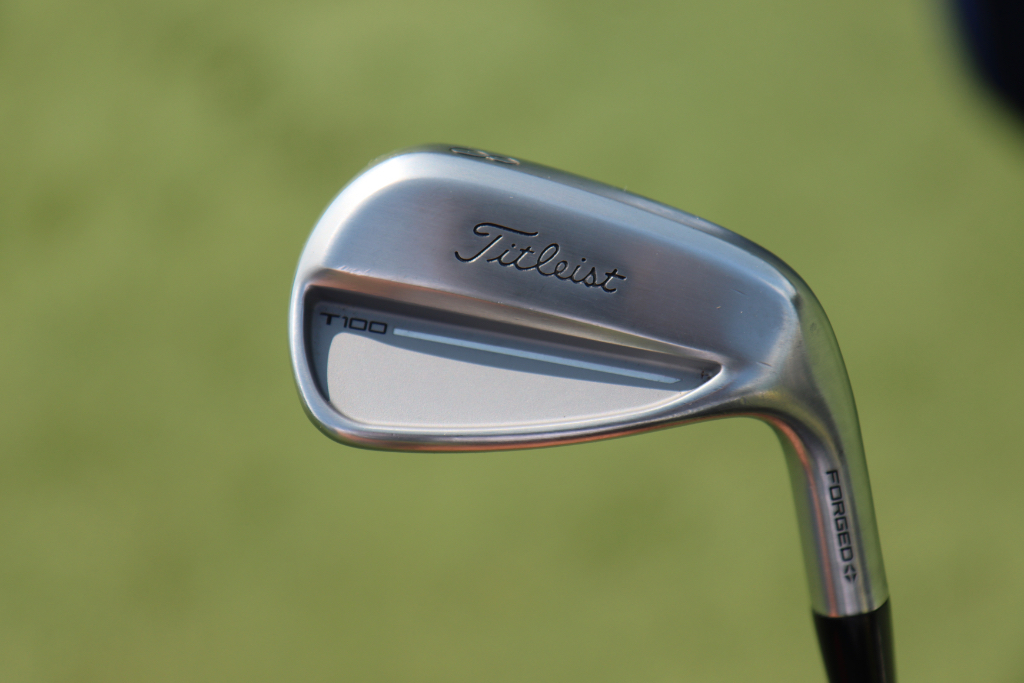
Wedges: Titleist Vokey Design SM10 (48-10F @47, 52-12F, 56-08M @57, 60-04T @62)
Shafts: True Temper Dynamic Gold Tour Issue S400
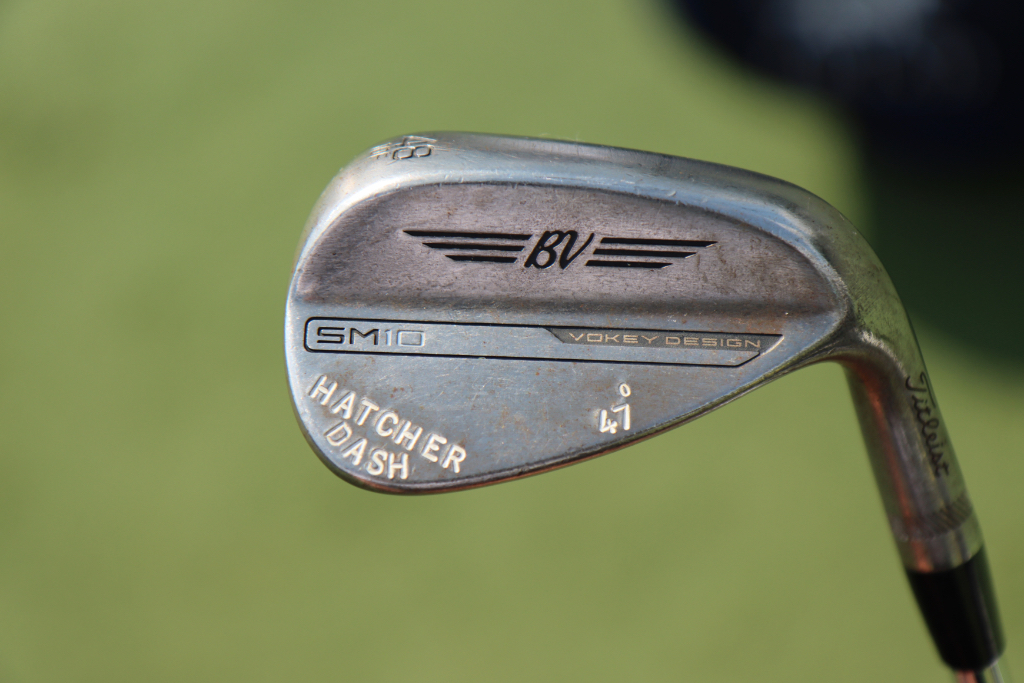
Putter: Scotty Cameron Studio Style Fastback 1.5 Tour Prototype
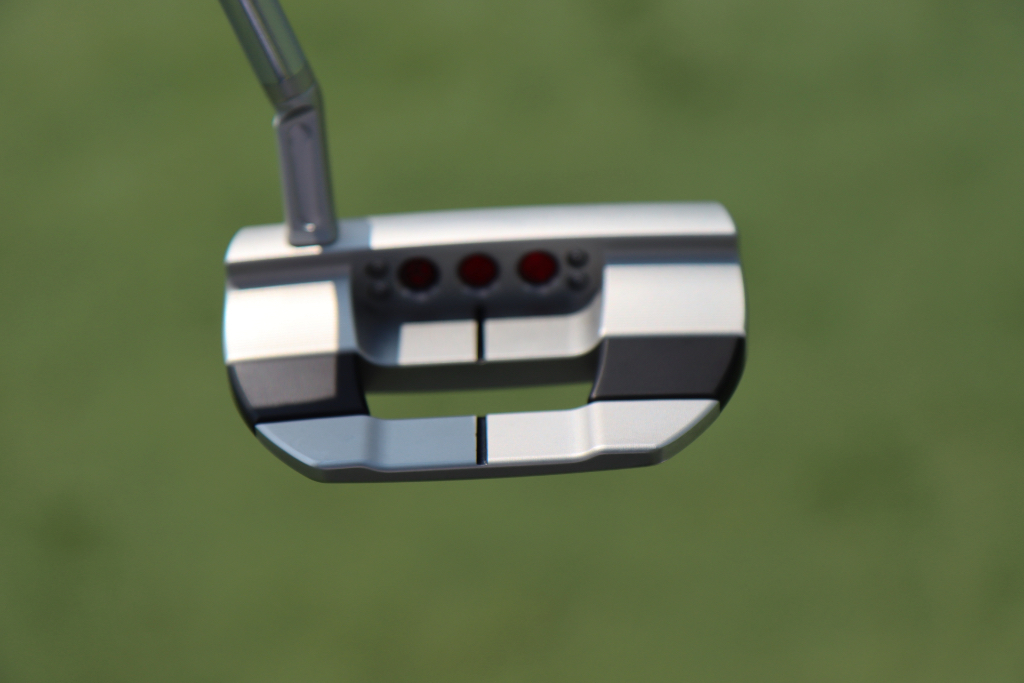
Grips: Golf Pride Tour Velvet
Ball: Titleist Pro V1x Yellow
Equipment
GolfWRX Members Choice presented by 2nd Swing: Best driver of 2025

We’re proud to once again partner with 2nd Swing Golf to bring you GolfWRX Members Choice 2025! 2nd Swing has more than 150,000 new and pre-swung golf clubs available in six store locations and online. Check them out here.

What is the best driver in 2025? At GolfWRX, we take great pride in our online community and the cumulative knowledge and experience of our members. When it comes to the best driver of 2025, we want to know what our forum faithful think.
Since our founding in 2005, the bedrock of GolfWRX.com has been the community of passionate and knowledgeable golfers in our forums, and we put endless trust in the opinions of our GolfWRX members — the most knowledgeable community of golfers on the internet. No other group of golfers in the world tests golf clubs as frequently or as extensively, nor is armed with such in-depth information about the latest technology.
Below are the results of GolfWRX member voting for the 2025 best driver, along with the vote percentage for each club.
Best driver of 2025: The top 5
5. Callaway Elyte Triple Diamond: 6.02%
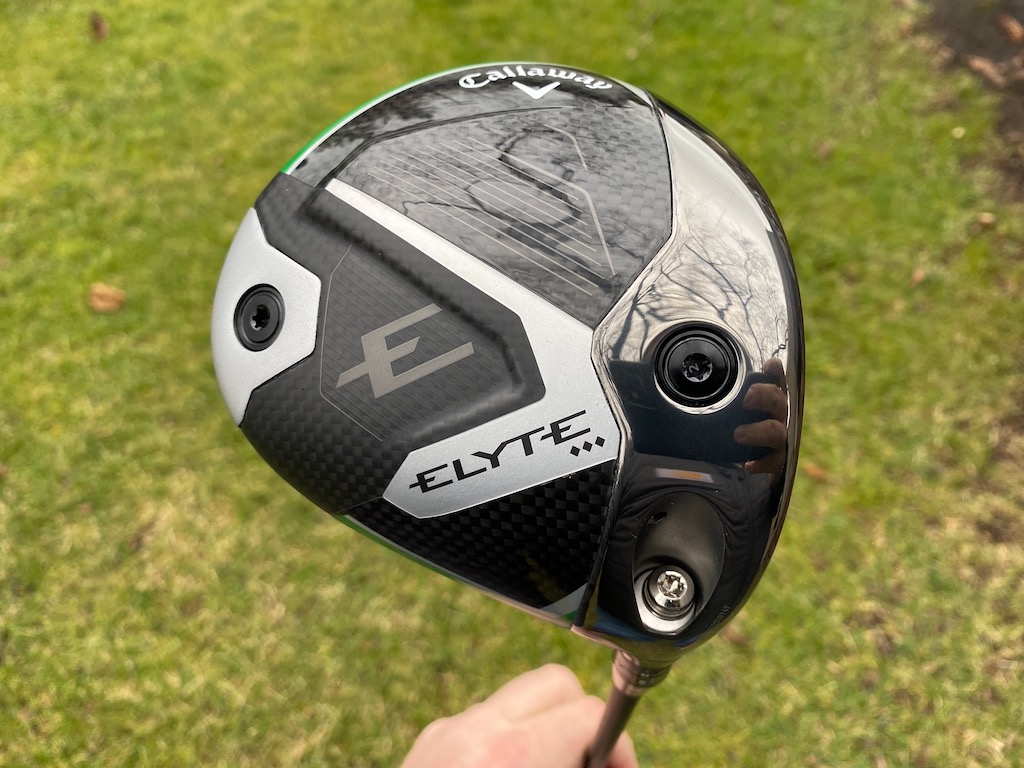
Callaway’s pitch: “For golfers looking for a fast, forgiving, yet workable driver, the Elyte Triple Diamond features a tour-inspired shape and is the preferred model by most Callaway tour players.”
You can read what other golfers are saying about the driver in the GolfWRX forums, and see our launch piece here. Shop the Callaway Elyte Triple Diamond here.
4. Ping G440 Max: 6.86%
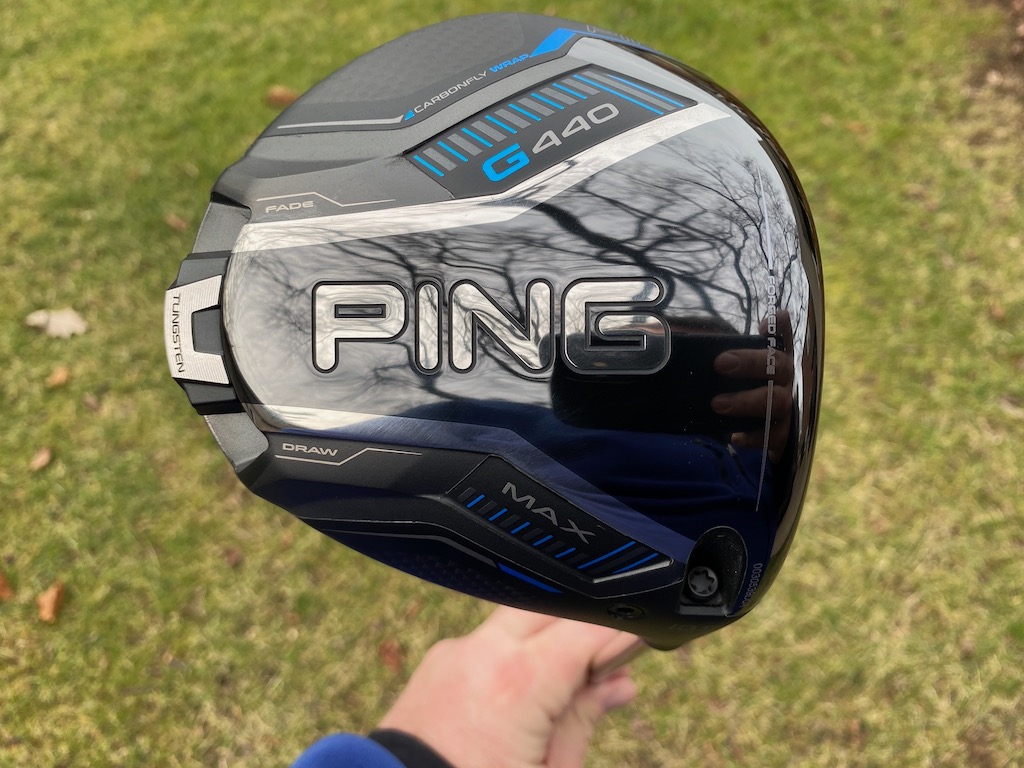
Ping’s pitch: “The most forgiving G440 model, MAX has a hotter face to generate speed and distance, and a lighter overall system weight with a longer shaft (46″) for faster clubhead speed, higher launch and longer carries. The Free Hosel and Carbonfly Wrap crown save weight to create our lowest CG ever and increase forgiveness while contributing to a more muted, pleasing sound.”
You can read what other golfers are saying about the driver in the GolfWRX forums, and see our launch piece here. Shop the Ping G440 Max here.
3. Ping G440 LST: 9.53%

Ping’s pitch: “LST is an especially good fit for faster swings, offering less spin and more control with a penetrating trajectory. A hotter face, lighter overall system weight and longer shaft (46″) deliver more speed and distance while maintaining tight dispersion.”
@phizzy30: “Not a fan of Ping drivers in general, but 440 LST takes the cake. It’s super forgiving across the face for a low spin head, looks and sounds good and the ability to make it play neutral or slightly fade biased through the hosel settings is very appealing.”
You can read what other golfers are saying about the driver in the GolfWRX forums, and see our launch piece here. Shop the Ping G440 LST here.
2. Titleist GT3: 16.55%
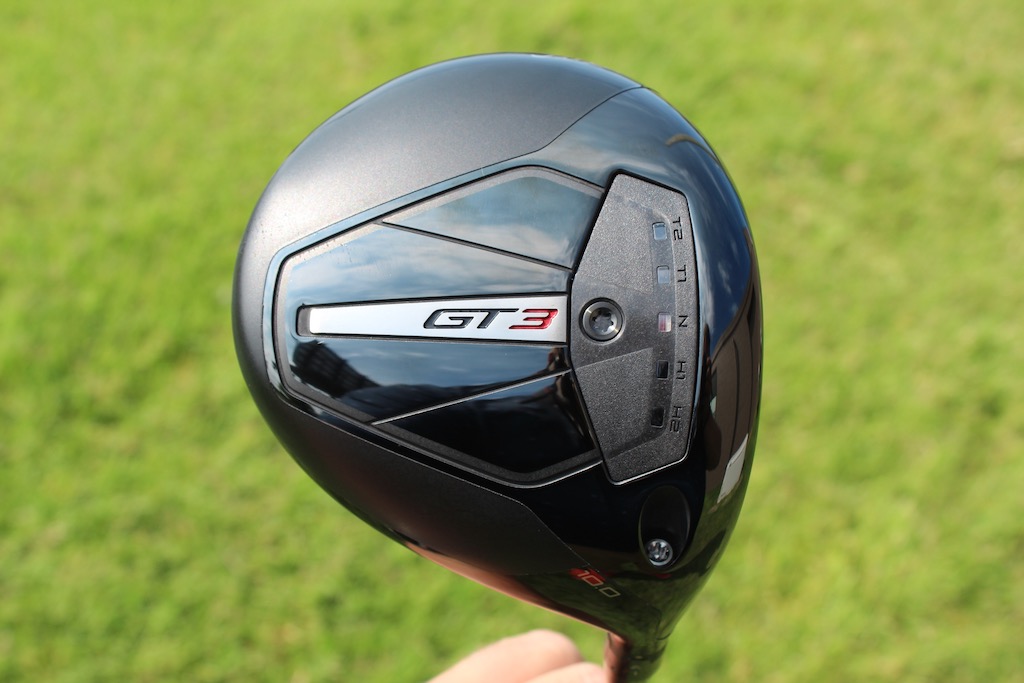
Titleist’s pitch: “The GT3 Driver offers Titleist’s boldest combination of power and personalization through adjustable performance. Dial in the CG Track to your frequent contact location to make your biggest drives even bigger while taking total control over flight and shaping.”
@mrmikeac: “I’ve been Anti-Titleist for years and years and years (outside of Vokey, of course). With that being said, HOLY BEGEEZUS the GT3 driver is an absolute NUCLEAR MONSTER! This thing blew my G430 10K Max out of the water in every single category. Forgiveness is the biggest thing that stands out of me, the 3 model has always been one of the less forgiving models in the past but this GT3 can take bad shot after bad shot and still end up in the fairway, I think a ton of that has to do with the adjustability, it’s actually effective. Feel and sound is perfect, that solid crack is so addicting to hear and when you hit it out the screws this thing can absolutely bomb it. Titleist, I’m sorry for doubting you. You have converted me.”
You can read what other golfers are saying about the driver in the GolfWRX forums, and see our launch piece here. Shop the Titleist GT3 here.
1. Titleist GT2: 22.91%
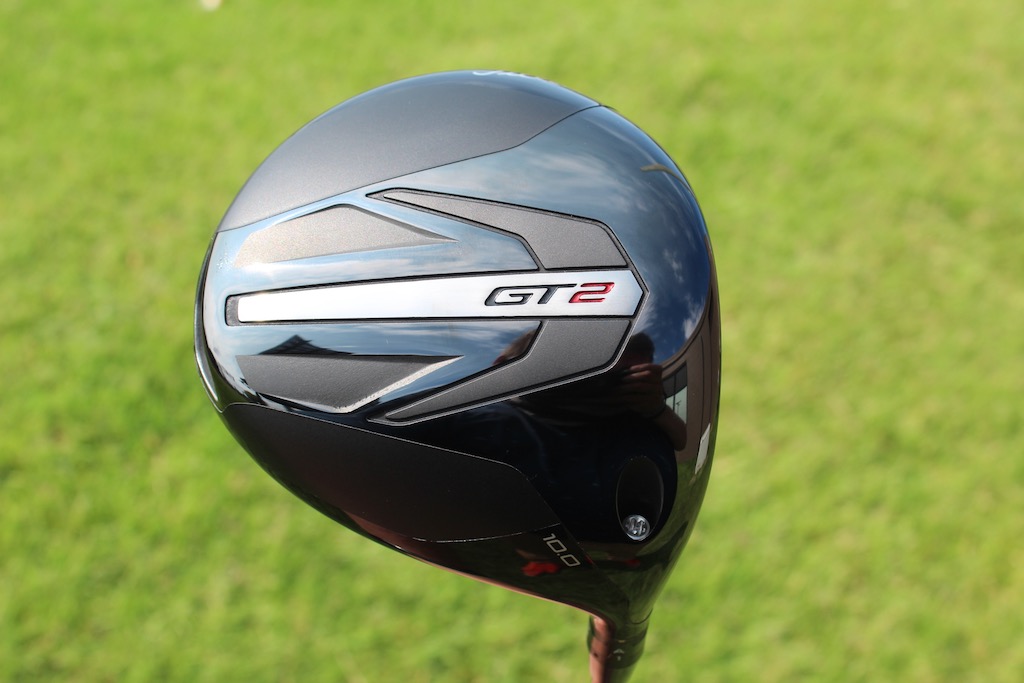
Titleist’s pitch: “Delivering impressive distance from any impact point, the Titleist GT2 Driver extracts maximum performance through a forgiving design. Get the stability and added confidence of a high-MOI driver without sacrificing speed.”
@DTorres: “The Titleist GT2 has proven to be the best driver of the year. Packaged in a classic profile, GT2 perfectly balances performance and forgiveness while consistently being a high performer across all categories.”
You can read what other golfers are saying about the driver in the GolfWRX forums, and see our launch piece here. Shop the Titleist GT2 here.
Other drivers receiving >2% of the vote
| Driver | Vote percentage (%) |
|---|---|
| Cobra DS Adapt Max K | 4.85% |
| Ping G430 Max 10K | 3.85% |
| Callaway Elyte Triple Diamond | 3.68% |
| TaylorMade Qi35 | 3.51% |
| Callaway Elyte | 3.18% |
| Cobra DS Adapt X | 2.34% |
| Cobra DS Adapt LS | 2.17% |
| TaylorMade Qi35 LS | 2.17% |
View this post on Instagram


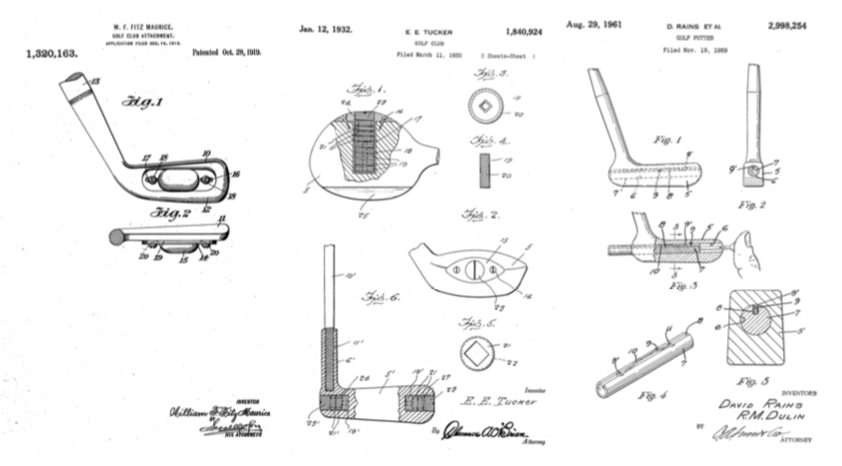



















JP
Oct 2, 2019 at 10:47 am
Is this written in defense of scotty cameron?
Adam
Oct 2, 2019 at 10:06 am
This article seems very unnecessary. Copying is not creating, that is objective, in fact it’s the opposite. The problem is some manufacturers will blatantly copy and not cite inspiration. Having said that I don’t feel club most manufacturers go into it trying to be creative and design the “answer” like Karsten was. At this point it’s tinkering proven designs and using marketing tactics to help them stand out.